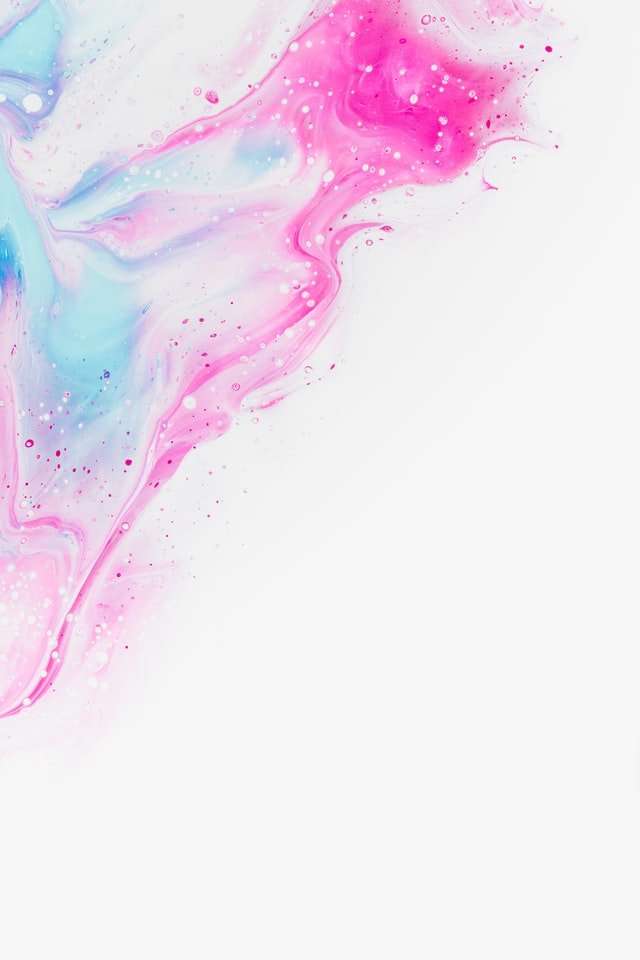Minimalist art is an art movement that emerged in the 1960’s. It was a reaction to the traditional artistic forms prevailing at the time and it had as its goal to reduce art back to only what is essential. The general idea of minimalist art is that a work of art should be clean, simple and devoid of any decorative elements not strictly needed to convey the artist’s message.
Minimalist Art for Your Home and Office Environment: a blog about galleries and the minimalist artwork you can find.
Minimalism: The Art of Decluttering and Simplifying has arrived! Not sure where to start? Sign up for our free newsletter today and discover how to simplify your life!
Artwork by Dan Flavin, Robert Mangold, Donald Judd, Sol LeWitt, Agnes Martin, Ellsworth Kelly, Frank Stella, Richard Serra, Jasper Johns, Barnett Newman and Robert Ryman.*
*Source: http://www.minimalism-movement.com/
The term “minimalism” appeared in connection with music (in reference to compositions by La Monte Young, Terry Riley) as early as 1964 but gained wide currency when applied to visual arts in 1968 by Michael Fried. Minimalism was initially inspired in part by the paintings
Minimalist Art for Your Home and Office Environment is a blog about galleries and the minimalist artwork you can find. You’ll find information about artists, galleries and art dealers, as well as tips on how to buy this kind of art.
Trying to define Minimalism in the world of art is very difficult because it can be interpreted in so many ways. But broadly speaking, Minimalism is a movement that has changed the way people see and interpret visual art. The term was first used in the 1950s by Michael Fried, an American art critic, to describe the works of Ad Reinhardt and Barnett Newman. The term minimalism gained popularity when Donald Judd started using it in his essays. Minimalism is considered by some to be a type of Post-Minimalism or a precursor to Post-Minimalism.
While minimalism is often described as cool and calm, it can also be warm and inviting. This form of modern art can be created with various materials such as paint, metal or glass. A minimalist piece may include only one simple shape or color. If a piece uses multiple shapes or colors they may be repeated in an abstract design. Many times there will be no recognisable subject matter to minimalist artwork.
Minimalist art is a popular movement in the modern art world. It’s not very difficult to find galleries that deal with this style. A lot of people like minimalism and appreciate it for its simplicity. Minimalist art websites can be found all over the web, but we at Minimal Art for Your Home and Office Environment are looking to provide something different from what you can find there.
Trying to build a better foundation for modern art by bringing artists together, we will seek out galleries that don’t charge too much money. We want to promote creativity and help artists get their work out there; we want them to earn recognition for their talent. We’ll also feature non-artists’ minimalist designs that you can use around your home or business and let you know about new products related to minimalist art.
Minimalism is an interesting style that combines simple form with complex processes. It is among some of the most challenging styles because it relies heavily on experimentation and innovation. However, many people try their hand at it as well because they believe in the power of simplicity.
The term “minimalism” is often used to describe a style in art, music, and various other forms of art. Minimalist art can be difficult to define because the term has been applied to a wide variety of work.
Minimalist art pieces are generally defined as those that are simple and unadorned. They often consist of lines or colors on a flat canvas, making use of basic shapes such as circles and squares. Minimalist artwork often appears to lack detail and can be thought-provoking.
Trying to define minimalism is not easy because it is not a specific style with strict parameters. In fact, minimalism is more of an attitude than it is an actual technique or form of expression. Artists who create minimalist works tend to embrace simplicity and objectivity in all areas of their lives.
Minimalist artwork doesn’t have to be monochromatic either; many artists utilize only one color throughout their work. This can help emphasize the overall simplicity of the piece, while also drawing attention to the colors used. Some minimalist artists have even chosen to use black and white exclusively in their artwork.”
The minimalist art is a response to the complex environment in which the artist lives. Art was once a medium for the expression of emotion, but this is no longer the case. The creation of minimal art has been a conscious effort to remove from works of art all that is unnecessary, thus achieving maximum effect with minimum means. Minimalism in art was developed as an anti-style movement in reaction to the complexities and ambiguities of modern life.
Minimalists believe that the most important aspect of visual arts is neither the object, nor the image, but rather our perception. The purpose of minimalism is to create art devoid of any extra elements that are not entirely necessary to create a certain effect on an audience.
Minimalist paintings and sculptures are characterized by simple geometric forms and subtle colors. These works are characterised by their simplification, abstraction and reduction. Minimalist artists use simple shapes and forms such as squares, triangles, lines and basic colors such as black, white or grey to depict recognizable objects such as cars, chairs or people.
As a rule, minimalism is associated with the male gender. There are exceptions, however, such as the contemporary sculptor Roni Horn and the photographer Agnes Meyer-Brandis, both of whom have made extensive use of minimalist art in their work.
The most famous female artist to have worked in a minimalist style was Georgia O’Keeffe, whose paintings were often abstracts of flowers. Chryssa was another minimalist artist whose work was representational. Her pieces often illustrated themes related to space exploration, mathematics and geometry.
Tetsumi Kudo is an artist trained in the Bauhaus tradition who has created very minimalist works which consist of aluminum tubes painted black with fluorescent lights inside them. These tubes are then arranged into sculptures which resemble letters or numbers when turned on. His work is not easily classified as either minimalist or maximalist.
Minimalism has been defined in a variety of ways, but most agree it is characterized by a reduction in the number of visual elements in a work. Minimalist artists commonly produce work using simple shapes and line rather than color or form, and often use monochromatic palettes. The objective is to create art that is not visually overwhelming.
The minimalist movement originated in modern art with the rejection of the excesses of rationalized culture, and many minimalist artists have subsequently developed their own unique styles. Minimalist art is sometimes known as “ABC Art” because it can be identified by “A”, “B”, and “C” components:
The following paintings are all examples of minimalism:
Although minimalism rose to prominence in the 1950s, it has its roots in an ancient tradition that seeks to express the spirit or essential nature of life through a reduction to its bare essentials. A good example of this is Japanese Zen rock gardens, which seek to convey natural beauty and emphasize emptiness through their simplicity. Abstraction is another technique used by some minimalist artists.*



